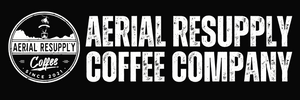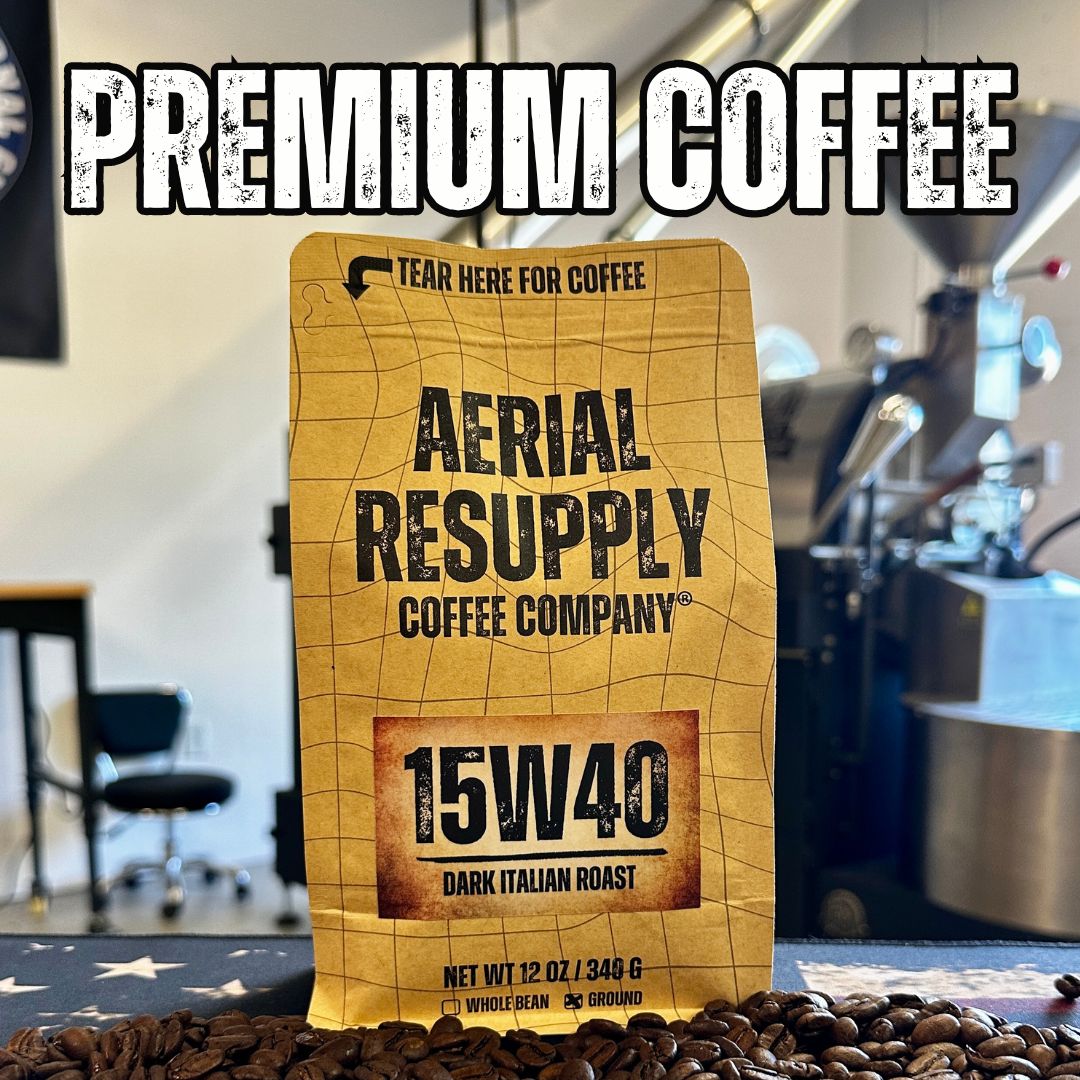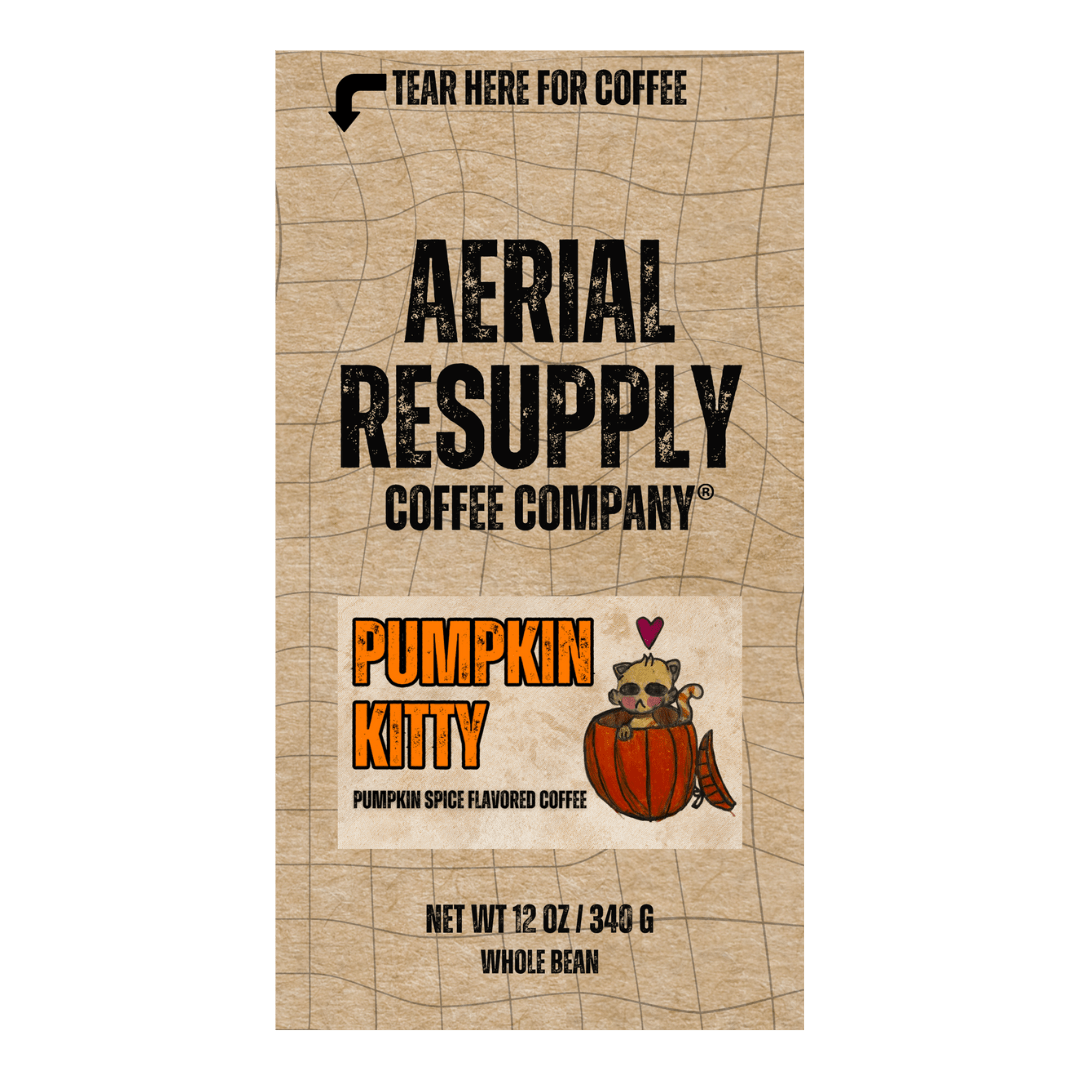Is Your Decaffeinated Coffee Truly Caffeine-Free? An Investigative Report
Hi, this is Brian, a coffee aficionado, blogger, and former Army veteran. Today, I’m going to share with you an investigative report I conducted on decaffeinated coffee. Is your decaf coffee truly caffeine-free? How can you tell? And what are the health implications of drinking decaf coffee? These are some of the questions I will try to answer in this article.
Introduction
Coffee is one of the most popular beverages in the world, but not everyone can or wants to consume caffeine. Caffeine is a stimulant that can have positive and negative effects on your body and mind, depending on your sensitivity, dosage, and frequency of intake. Some people may experience anxiety, insomnia, restlessness, or increased heart rate from drinking too much caffeine, while others may enjoy the boost of energy, alertness, and mood that caffeine provides.
For those who want to limit or avoid caffeine, decaf coffee is an option that allows them to enjoy the taste and aroma of coffee without the stimulating effects. But what does “decaf” really mean? How is caffeine removed from coffee beans? And how much caffeine is actually left in decaf coffee?
The objective of this investigative report is to find out if decaffeinated coffee is truly caffeine-free. I will explore the definition, methods, science, and experiment behind decaffeination, as well as the implications for consumers who drink decaf coffee.
The Definition of Decaffeinated
What Does “Decaffeinated” Mean?
Decaffeinated coffee is coffee that has undergone a process to remove most of the caffeine from the beans. According to the U.S. Food and Drug Administration (FDA), coffee can only be labeled as “decaffeinated” if it has at least 97% of its caffeine removed. This means that decaf coffee is not completely caffeine-free, but rather has a very low amount of caffeine compared to regular coffee.
Common Methods of Decaffeination
There are various methods used for decaffeinating coffee beans, but they all involve soaking or steaming the green (unroasted) beans in a solvent that extracts the caffeine molecules. The solvent can be water, organic chemicals, or carbon dioxide. The most common methods are:
- Solvent-based process: This method uses a combination of methylene chloride or ethyl acetate and water to create a solvent that extracts the caffeine. The solvent is then evaporated or washed away from the beans. Neither chemical is found in the final product, as they evaporate at lower temperatures than water.
- Swiss Water Process: This is the only organic method of decaffeinating coffee. It relies on osmosis to extract caffeine using only water and activated charcoal filters. The green beans are soaked in hot water to dissolve the caffeine and other compounds. Then, the water is passed through a charcoal filter that traps the caffeine molecules but lets the other compounds pass through. This creates a green coffee extract (GCE) that preserves the flavor and aroma of the beans. The GCE is then used to soak another batch of green beans, which transfers the flavor and aroma compounds but not the caffeine.
- Carbon dioxide process: The newest method uses carbon dioxide (CO2), a compound naturally found in coffee as a gas, to remove the caffeine and leave other flavor compounds intact. The green beans are soaked in water and then exposed to high-pressure CO2 in a sealed container. The CO2 acts as a solvent that selectively dissolves the caffeine from the beans. The CO2 is then released from the container and recycled for future use.
The type of method used for decaffeination can affect the taste, smell, color, and quality of the final product. Some methods may remove more flavor and aroma compounds than others, resulting in a milder or less complex coffee. Some methods may also leave traces of chemicals or residues that can alter the taste or safety of the coffee.
One method that stands out for its natural, chemical-free, and flavor-preserving qualities is the Swiss Water Process. This is the method that Aerial Resupply Coffee uses for its decaffeinated coffee products. Aerial Resupply Coffee is a veteran-owned coffee company that offers premium roasted coffee with a special nod to veterans, first responders, active military, and their spouses.
The Science Behind Decaffeination
How Much Caffeine is Actually Removed?
The percentage of caffeine typically removed in the decaffeination process depends on several factors, such as the type of bean, the method used, and the quality control standards. Generally speaking, most decaf coffees have about 97% to 99% of their caffeine removed. This means that an average 8-ounce (236-ml) cup of decaf coffee contains about 2 to 7 mg of caffeine, whereas an average cup of regular coffee contains about 70 to 140 mg of caffeine.
However, these numbers are only averages and may vary significantly depending on the brand, product, and serving size. Some studies have found that the caffeine content of decaf coffee can range from 0 to 15.8 mg per cup. This means that some decaf coffees may have more caffeine than others, and some may even have more caffeine than a cup of tea or a can of soda.
The Residual Caffeine
The fact that some amount of caffeine usually remains in decaf coffee may not be a problem for most people, as the amount is very small and unlikely to cause any noticeable effects. However, for some people who are very sensitive to caffeine or have certain medical conditions that require them to avoid or limit caffeine, the residual caffeine in decaf coffee may still be enough to trigger unwanted symptoms or interfere with their treatment.
Some of the symptoms or conditions that may be affected by caffeine include:
- Anxiety: Caffeine can increase the levels of adrenaline and cortisol, two hormones that are involved in the stress response. This can cause nervousness, jitteriness, or panic attacks in some people, especially those who suffer from anxiety disorders.
- Insomnia: Caffeine can block the action of adenosine, a chemical that promotes sleepiness and regulates the sleep cycle. This can make it harder to fall asleep or stay asleep, or reduce the quality of sleep.
- Heart problems: Caffeine can increase the heart rate and blood pressure, as well as affect the rhythm and contraction of the heart. This can pose a risk for people who have heart diseases, such as arrhythmias, angina, or hypertension.
- Gastrointestinal issues: Caffeine can stimulate the production of stomach acid and increase the motility of the intestines. This can cause or worsen symptoms of acid reflux, ulcers, irritable bowel syndrome, or inflammatory bowel disease.
- Osteoporosis: Caffeine can interfere with the absorption of calcium and increase its excretion in the urine. This can lead to lower bone density and higher risk of fractures, especially in older adults or those who have low calcium intake.
- Pregnancy: Caffeine can cross the placenta and affect the fetus. High doses of caffeine during pregnancy may increase the risk of miscarriage, low birth weight, or birth defects.
These are just some examples of how caffeine can affect different people and conditions. The effects may vary depending on the individual’s sensitivity, tolerance, metabolism, and other factors. Therefore, it is important to consult with your doctor before drinking decaf coffee if you have any health concerns or medications that may interact with caffeine.
Implications for Consumers
Health Implications
The findings of this experiment have important implications for consumers who drink decaf coffee for health reasons. As mentioned earlier, some people may be sensitive to caffeine or have certain medical conditions that require them to avoid or limit caffeine intake. For these people, drinking decaf coffee may not be enough to eliminate the risk of adverse effects from caffeine.
Therefore, consumers who drink decaf coffee for health reasons should be aware of the residual caffeine in their coffee and choose a brand that has the lowest possible amount of caffeine. They should also monitor their symptoms and consult with their doctor if they notice any changes or problems.
Labeling and Transparency
Another implication of this experiment is the need for better labeling and transparency from coffee brands about their decaffeination methods and caffeine levels. As shown by the results, not all decaf coffees are created equal, and some may have more caffeine than others. However, most coffee labels do not disclose how much caffeine is in their products or what method they use to remove it.
This makes it difficult for consumers to make informed choices about their coffee purchases and consumption. Consumers who want to avoid or limit caffeine may unknowingly buy or drink a decaf coffee that has more caffeine than they expect or need. This can lead to unwanted effects or health complications.
Therefore, consumers should look for labels that clearly state the method of decaffeination and the amount of caffeine in their products. They should also do their own research and compare different brands and products before buying or drinking them.
Recommendations
For Coffee Brands
Based on this experiment, I have some recommendations for coffee brands that want to improve their transparency and quality of their decaf coffee products:
- Use the Swiss Water Process or the carbon dioxide process for decaffeination, as these methods are more natural, chemical-free, and flavor-preserving than the solvent-based process.
- Test your products regularly for caffeine levels and ensure that they meet or exceed the FDA standards of at least 97% caffeine removal.
- Provide accurate and detailed information on your labels about your decaffeination method and your caffeine content per serving.
- Educate your customers about the benefits and drawbacks of different decaffeination methods and how to choose a low-caffeine option that suits their needs and preferences.
For Consumers
For consumers who want to drink decaf coffee without worrying about the residual caffeine, I have some tips on how to choose a truly low-caffeine option:
- Look for brands that use the Swiss Water Process or the carbon dioxide process for decaffeination, as these methods tend to produce lower caffeine levels than the solvent-based process.
- Check the labels for information on the method of decaffeination and the amount of caffeine per serving. If the label does not provide this information, contact the brand or visit their website to find out more.
- Compare different brands and products and choose the one that has the lowest caffeine level per serving.
- Limit your intake of decaf coffee to one or two cups per day and avoid drinking it late in the day or before bed.
- Monitor your symptoms and consult with your doctor if you experience any adverse effects from drinking decaf coffee.

One brand that I highly recommend for its low-caffeine, high-quality, and veteran-friendly decaf coffee is Aerial Resupply Coffee . Their decaf coffee uses the Swiss Water Process and has only 1.2 mg of caffeine per cup, which is almost negligible compared to other brands. Their coffee is also roasted to perfection and has a rich flavor and aroma that will satisfy any coffee lover. Plus, they support veterans, first responders, active military, and their spouses by donating a portion of their profits to various charities and organizations.
Conclusion
In conclusion, this investigative report has revealed that decaffeinated coffee is not truly caffeine-free, but rather has a very low amount of caffeine compared to regular coffee. The amount of caffeine in decaf coffee varies depending on the brand and the method of decaffeination, with some brands having more caffeine than others. The Swiss Water Process is the best method for producing low-caffeine, high-quality, and natural decaf coffee, while the solvent-based process with ethyl acetate is the worst method for producing high-caffeine, low-quality, and chemical-laden decaf coffee.
The findings of this report have important implications for consumers who drink decaf coffee for health reasons or personal preferences. They should be aware of the residual caffeine in their coffee and choose a brand that has the lowest possible amount of caffeine. They should also look for labels that provide accurate and detailed information on the method of decaffeination and the caffeine content per serving. They should also limit their intake of decaf coffee and monitor their symptoms.
The purpose of this report is to inform and educate consumers about decaf coffee and help them make better choices for their health and enjoyment. I hope you found this report useful and interesting. If you have any questions or comments, please feel free to contact me or leave a comment below.






